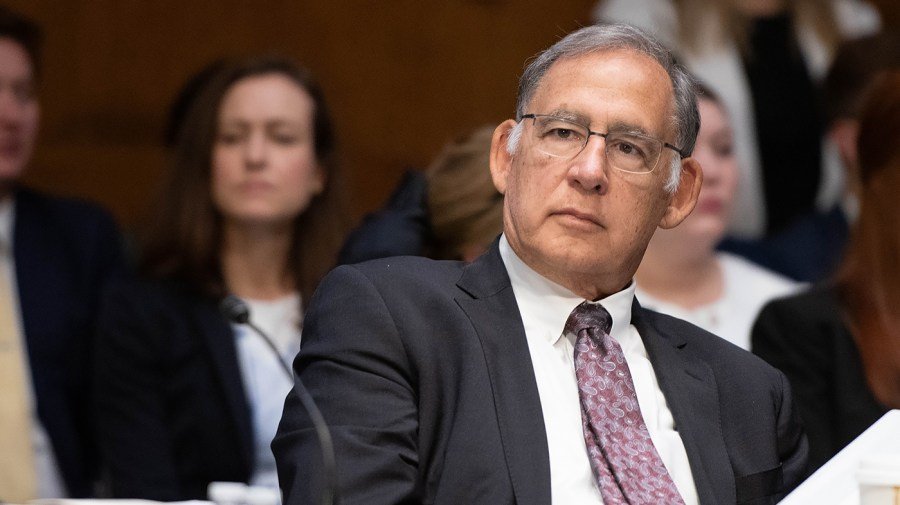
Senate Republicans on Wednesday rolled out a suite of proposed changes to the Supplemental Nutrition Assistance Program (SNAP) as a key component of President Trump’s “big beautiful bill” – but it dials back some of the proposals sought by the House that drew intraparty concerns.
The new legislative text from the Senate would require states to cover some of the cost of SNAP benefits, which are currently completely funded by the federal government, if they have a payment error rate above 6 percent beginning in fiscal 2028, while allowing states with rates below that level to continue paying zero percent.
It also proposes states with higher payment error rates cover a greater share of benefit costs. If the error rate is 6 percent or higher, states would be subject to a sliding scale that could see its share of allotments rise to a range of between 5 percent to 15 percent.
The House, by contrast, called for all states to cover 5 percent of the cost of allotments in its agricultural proposal passed as part of a broader plan to advance Trump’s tax agenda last month, with states that had higher payment error rates having to pay anywhere between 15 to 25 percent.
The softened proposal comes as Senate Republicans expressed concerns about how the House pitch would have impacted states.
“This bill takes a commonsense approach to reforming SNAP-cutting waste, increasing state accountability, and helping recipients transition to self-sufficiency through work and training,” Senate Agriculture Chairman John Boozman (R-Ariz.) said in a statement on Wednesday. “It’s about being good stewards of taxpayer dollars while giving folks the tools to succeed.”
“At the same time, our farmers and ranchers are facing real challenges,” he said. “This legislation delivers the risk management tools and updated farm bill safety net they need to keep producing the safest, most abundant and affordable food, fuel, and fiber in the world. It’s an investment in rural America and the future of agriculture.”
Like the House bill, the Senate bill would also decrease the administrative cost the federal government is required to pay to help cover program operations in the states by 25 percent, but beginning in fiscal year 2027.
The proposals in both chambers also seek to limit the federal government’s ability to increase monthly benefits in the future and beef up work requirements, as well as farm provisions that GOP leaders have argued will make it easier to craft a bipartisan farm bill in the months ahead – although Democrats have said otherwise.
Republicans on the Senate Agriculture Committee estimated the recent legislation would generate $144 billion in net savings in the years ahead as the party looks to ramp up cost-cutting measures in Trump’s plan amid concerns about the overall deficit impact of his tax priorities.


